
Tips for architects and designers working at home during COVID-19
Tips for architects and designers working at home during COVID-19
Share
Last week, we reached out to the architecture and interior design community to ask how we could help during the COVID-19 outbreak.
At lot of people asked us for practical, industry-specific tips on working from home. For a lot of designers and architects, we know it’s uncharted territory and a scary one at that.
Design is, in its essence, a collaborative process. It doesn’t take one person to project and deliver a building or an interior. It takes a team.
But some in the industry were working from home long before COVID-19 was a household name, so we reached out to those designers and architects to compile a guide with tips and resources to help you through this time.
The ACA is also compiling an ever-growing list of resources for the industry, as well as case studies from some of the country’s biggest practices and studios on how they’re handling the outbreak.
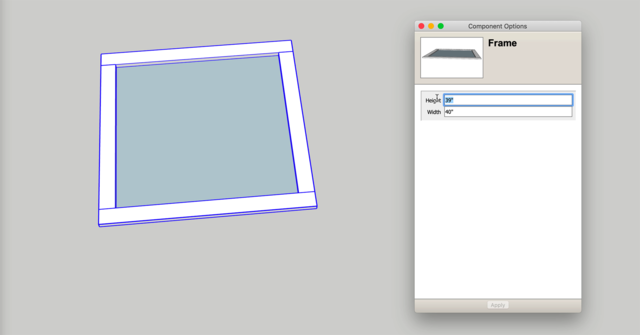
Move as much as you can to the cloud
One of the easiest ways to stay on top of things from home is to mirror your work computer screen with an app like TeamViewer.
Otherwise, try to get as much on the cloud, so you can access it from anywhere. Design systems like BIM 360 and Graphisoft BIMcloud have this feature. So do Autodesk AutoCAD LT and SketchUp.
Trace and Morpholio Board allow designers to sketch, design and present proposals for each other and clients on the cloud. Infurnia allows the same to collaborate and interact during the design process entirely online.
For file sharing, try Dropbox or Google Drive for free and secure storage and transfer. If you need to share big files and hi-res images, consider WeTransfer. The free version lets you transfer up to 20G. Google’s G Suite will also allow you to collaborate on documents and files online.
LinkedIn has a great free online course for setting up yourself and your team for remote working.
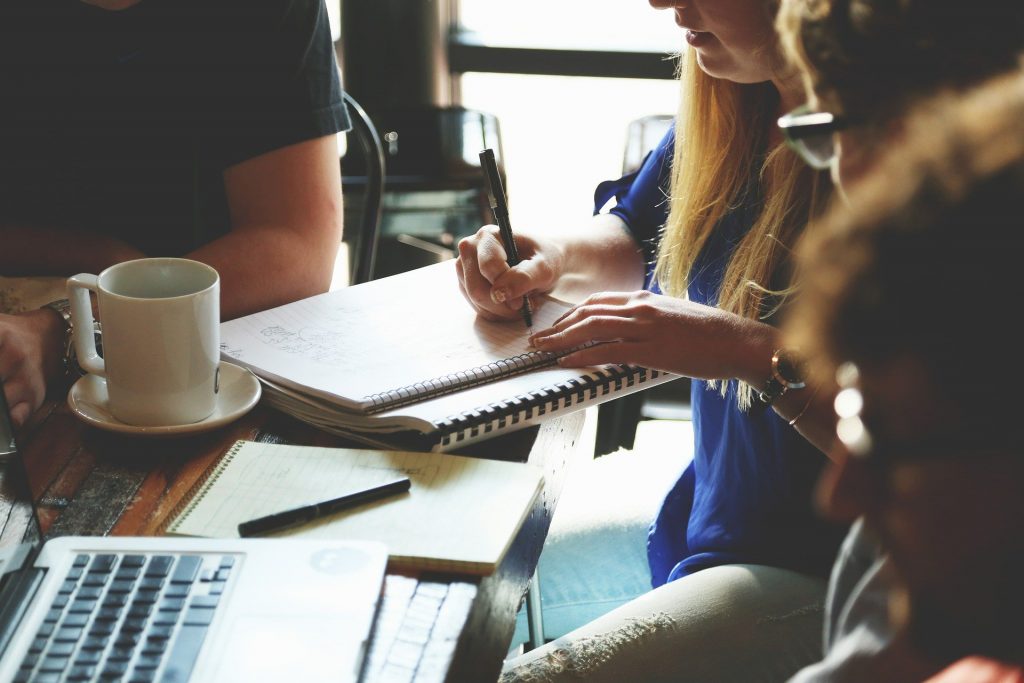
Stay connected
We at Australian Design Review are struggling with this one at the moment. You don’t realise how much you communicate with your colleagues until everything is reduced to email.
We’re using Microsoft Teams to communicate across all our devices. The software is free and can be used for group conversations and one-on-one chats. Slack is another great option for sharing ideas with an all-in-one tool that you can sync with your Google calendar.
Schedule regular video conferences. They help to keep the team connected and increase productivity since everyone can talk through any questions or issues they might be having. Google comes to the rescue again here with Google Hangout Meets. You can also try Go To Meeting for meetings of up to 250 people.
Whatever software you decide to use, keep it to a minimum and communicate clearly with all your team members. Aim to limit to one text-based platform, one video platform and one file-sharing platform. This will reduce confusion and miscommunication.
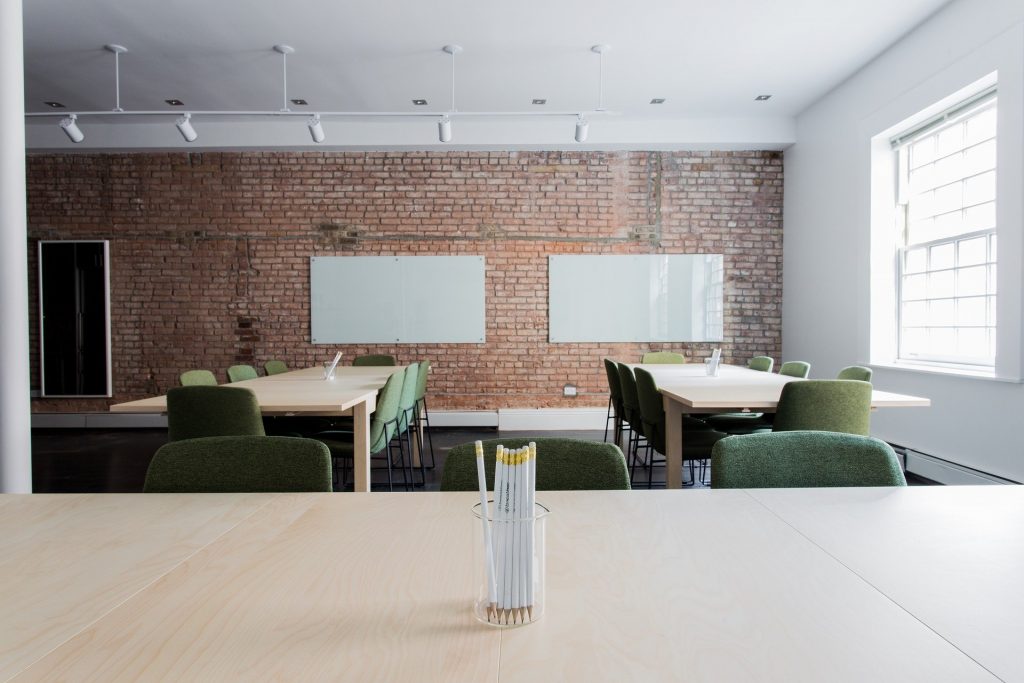
Communicate with your clients
Your clients will be worried about the COVID-19 situation too, so keep them updated with regular emails and phone calls.
Seek not only to reassure them, but also update them honestly and transparently about any delays to their project and provide them with an adjusted timeframe if necessary.
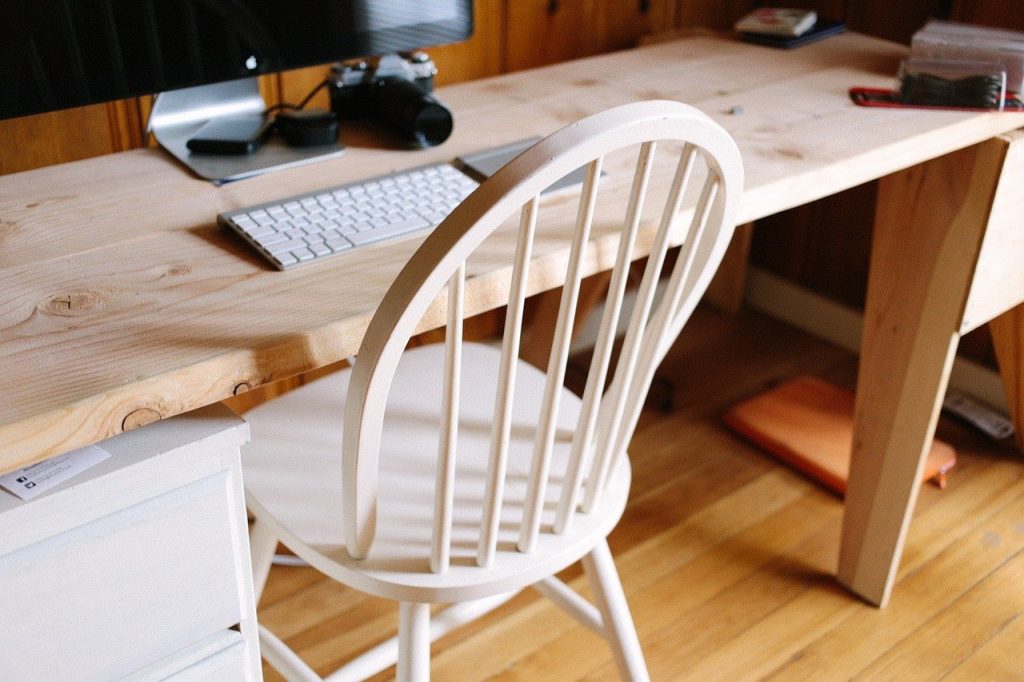
Create a dedicated workspace
There is nothing worse than trying to log a solid eight hours at the kitchen table. We don’t really know how long COVID-19 will affect architects and designers, so it’s time to invest in a desk.
Set up a dedicated workspace in a spare room, the corner of your bedroom or even a corridor. Seek out somewhere with natural light and plenty of ventilation, and remove any distractions by setting up a screen or closing your door.
Take pride in that workspace by keeping it clean and tidy. If you can invest in a big screen, such as a TV or two monitors, do so as it will increase productivity.
A good ergonomic office chair, keyboard and multi-function mouse are important if you’re working from home for more than a handful of weeks.
Treat your home office like your work office. Make sure to follow proper screen distancing and chair heights. Follow these ergonomic guides from Krost and the Wall Street Journal.
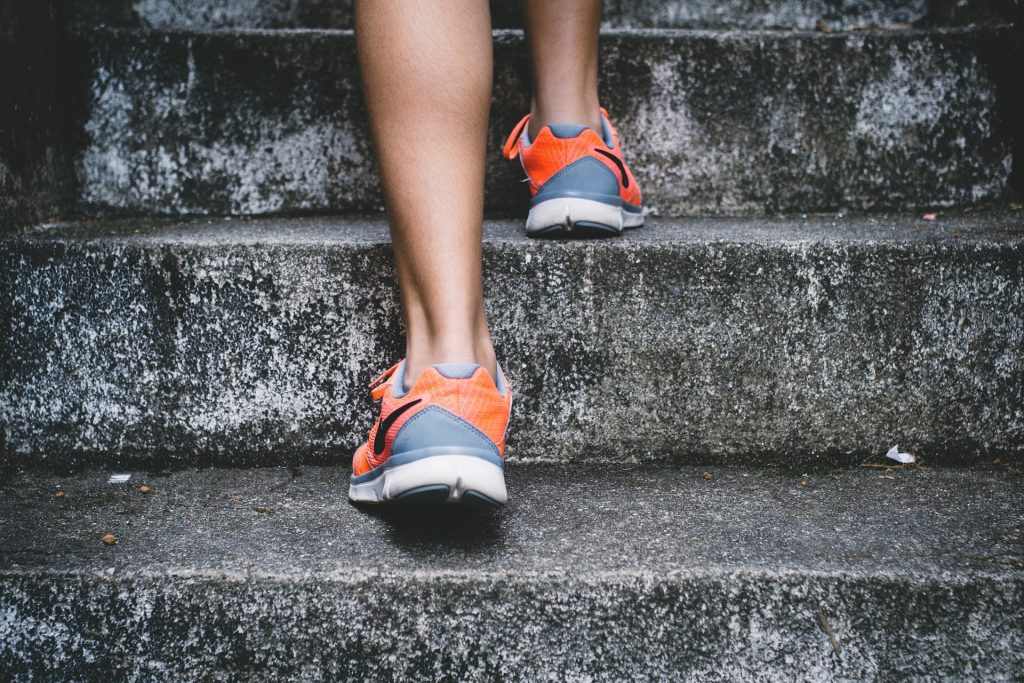
Stay healthy and keep active
Rethink your work hours. You don’t have a commute, an hour-long lunch break or coffees with colleagues anymore. If you can get through your day’s tasks in less than the traditionally assigned eight hours, dedicate the rest of your work day to self-improvement activities (more about that later).
On the flip side, establish a start and an end to your work day. It can be tempting in these economically uncertain times to work 20-hour days. We’re in a industry that already has plenty of overtime. Detaching from work is essential to avoid burnout.
Aim for three 5-10 minute walks a day, even if it’s just around the house/apartment. Avoid distractions by putting your phone on do-not-disturb/sleep mode.
Break Timer and Time Out allow you to customise the length of your work and break periods. Stand Up! reminds you to get up from your desk and Eye Care Plus has handy eye exercises you can do throughout the day.
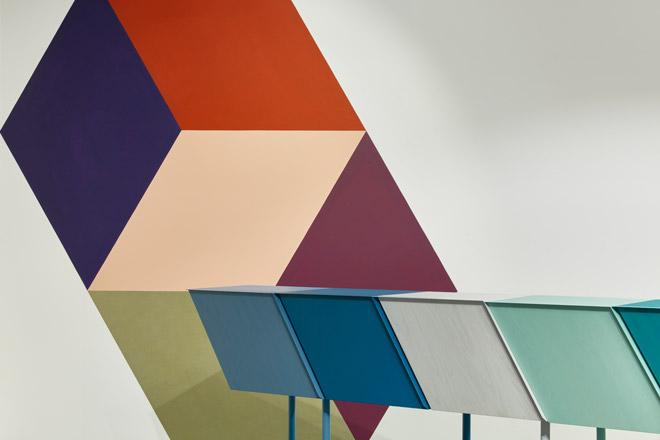
Exercise the mind
Now that you’re in charge of your routine, you can do some of the things you never had time for. Constantly scrolling through your newsfeed should not be one of them.
The constant monitoring of news and social media disrupts workflow and can create anxiety. Try to avoid both during work hours, and if you are looking for information, stick to reputable news sources like the ABC.
Take an online course, improve your drawing skills, learn more about construction and materials, textiles and design theory instead. Edx has a selection of architecture, design, engineering and business online courses that are paid and free and include the extremely popular Harvard University’s The Architectural Imagination.
The Interior Design Institute has advanced modules to teach designers how to use software like SketchUp and AutoCAD, as well as business and online marketing skills.
Architects Declare AU is running webinars and online presentations. The Architecture Lobby also has a guideline for architects and designers working during the spread of COVID-19.
Virtually visit a museum like the National Gallery of Victoria or live stream the Melbourne Symphony Orchestra’s upcoming performances or the MET Opera. If you’re keen to travel overseas, check out this guide to the best virtual museum tours or explore Google Arts & Culture.
You can also take a virtual tour of some of our favourite Melbourne Design Week events. Or check out MPavilion’s podcast of all its talks.
Dezeen has put together a great list of architecture and design documentaries to binge. Filmmaker Gary Hustwit is streaming his documentaries free worldwide. First up, Objectified, a documentary film about our complex relationship with manufactured objects and, by extension, the people who design them.
You can also catch up on our podcast, the Business of Architecture and Design, and hear from some of the country’s best architects and designers as they chart their careers and design journeys.
Or distract yourself by entering a competition. The Fountain of Hygiene competition calls for designers all over the globe to propose new forms of hand-sanitiser pumps as well as more creative hygiene solutions.
Shortlisted entries will be displayed in the Design Museum in London and auctioned by Christie’s auction house to raise money for the British Red Cross. Entries close on 29 March.
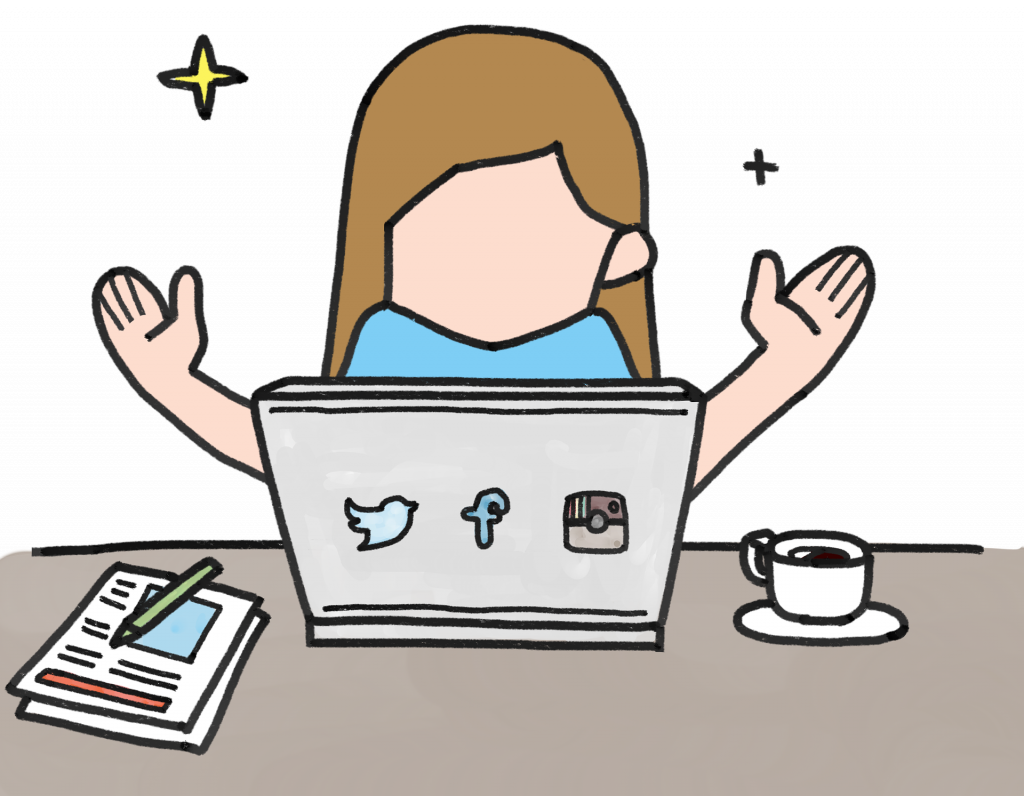
Promote yourself and your projects
It can feel like all anyone wants to do right now is bunker down and hide under the covers, but the industry and the world will recover.
With a lot of people at home, it’s important to still be getting your news and your projects out there to potential clients, design enthusiasts and your colleagues in the industry.
Consider using free email platforms like Mailchimp to not just update your community about how COVID-19 is affecting your business practices, but also keep them abreast of any good news or new projects.
Use your social channels to create marketing and video content, whether that be design tips, a walk-through of any projects you have underway or industry advice. Or take a leaf out of Design By Them’s book and create a dedicated playlist to share with clients and lift the mood.
And reach out to platforms like Australian Design Review. We will operating throughout this with a renewed dedication to promoting Australian projects, practices and studios daily, so share your latest with us.

Support the community
And finally, it is important to follow advice from the Department of Health and Australian government, as well as local health authorities in your state.
State and federal governments have announced a stimulus package for small and medium businesses, so do your research as to what you qualify for.
A lot of businesses will be affected by COVID-19, so consider doing your bit by supporting local suppliers and businesses as much as you can, whether that be ordering a takeaway coffee or pick-up lunch, shopping online at Australian stores or specifying through local businesses wherever possible and safe to do so.
How has your work from home experience been so far? What tips or advice do you have to offer? Share in the comments box below or send us an email at elisa.scarton@niche.com.au or tili.bensley@niche.com.au.
Keep up with developments by following ADR‘s coverage of the coronavirus outbreak.
















